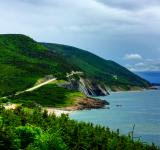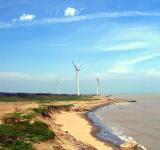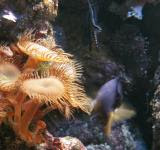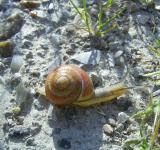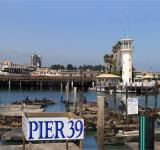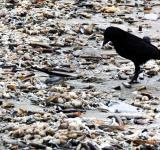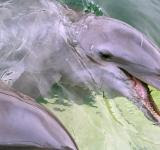1. Costa Rica, Ecuador, & Columbia Create Underwater Highways for Marine Life
The Presidents of Costa Rica, Ecuador, and Columbia announced they are providing new marine life protection that extends to over 83,600 square miles of water. These newly established protected underwater highways will help manage ocean resources in a sustainable manner while helping to reach the UN’s goal of protecting 10% of the world’s oceans by 2020. Read more…
2. Costa Rica Goes 100% Renewable
Costa Rica, one of the world’s “greenest” countries, recently proved just how serious they are about this title by powering their electricity grid for over 75 days using solely renewable energy sources. The country was able to turn off their diesel generators 300 days last year and are striving to beat that number this year as part of their goal to becoming the first carbon neutral country by 2085. Read more…
3. Secretary of the State Seeks to Curb Ocean Acidification & Illegal Fishing
John F. Kerry hosted the Our Ocean Conference to elevate the ocean in people’s consciousness in an attempt to raise awareness of increasing ocean acidification and illegal fishing concerns. The conference enlisted help from the National Oceanic and Atmospheric Administration and Operation Safe Ocean Network to combat these two problems. Read more…
4. MIT Report Links Ocean Acidification Changes to Increasing CO2 Levels
A new report published by MIT in the Journal of Geophysical Research has determined that increased ocean acidification is directly linked to increasing levels of carbon dioxide in our atmosphere. MIT teamed up with the Woods Hole Oceanographic Institution to study how increasing ocean acidification was affecting pterapods, a type of sea snail. Read more…
5. The Port of Rotterdam Debuts “Trash” Drone to Combat Ocean Pollution
The Port of Rotterdam unveiled their WasteShark, a trash eating drone boat, at the World Port Days Conference. The autonomous vessel can collect up to 1,120 pounds of waste from the busy port’s waters before needing to be emptied. The trash drone also gathers data on water quality while designing more efficient collection routes over time. Read more…
6. Artist Brodie Neill Turns Marine Plastic Waste into Beauty
The 2016 London Design Biennele’s “Utopia by Design” theme inspired artist Brodie Neill call attention to the world’s marine plastic pollution problem. Collaborating with both environmentalists and scientists, Niell collected fragments of recycled ocean plastic salvaged from beaches around the world to create the terrazzo-effect table for the contest. Chips of blue, white, black, brown, and green plastic blend together to evoke ocean waves. Read more…
Be sure to “LIKE” http://facebook.com/SeaSave to ensure our “Week in Review” is delivered to your newsfeed every Friday.
Sea Save Foundation is committed to raising awareness of marine conservation. The Week in Review is a team effort produced by the Sea Save staff to provide a weekly summary of the latest in marine research, policy, and news.

